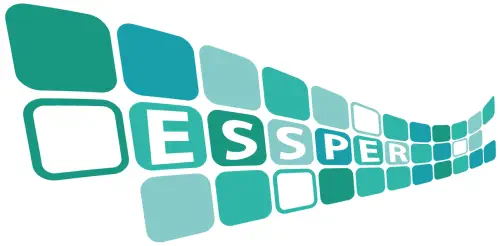Associazione ESSPER
periodici italiani di economia, scienze sociali e storia
periodici italiani di economia, scienze sociali e storia

Autori: Calcagno, Monica, Lo Verso, Andrea Carlo, Fuochi, Nicola
Titolo: Making sense of “heritage” from the bottom-up. An exploration of the places and spaces of Marghera (Venice, Italy) = Making sense of “heritage” from the bottom-up. An exploration of the places and spaces of Marghera (Venice)
Periodico: Il capitale culturale
Anno: 2024 - Fascicolo: N. 30 - Pagina iniziale: 39 - Pagina finale: 68
Il dibattito sul patrimonio culturale enfatizza sempre più l’importanza del coinvolgimento delle comunità nella definizione e nel mantenimento delle risorse culturali di un territorio. Tuttavia, questi approcci spesso mancano di un’approfondita analisi delle modalità attraverso cui una comunità può sviluppare autonomamente il proprio sense of place anche grazie ad elementi dell’ambiente che non sempre corrispondono ad una definizione istituzionale di risorsa culturale. Il presente lavoro mira a chiarire tali questioni attraverso una ricerca etnografica che, appoggiandosi alla letteratura su luoghi e spazi, illustra come i residenti di una cittadina periferica (Marghera, VE) agiscono un processo di costruzione sociale delle risorse culturali di valore per la comunità. I risultati dell’analisi mostrano che il sense of place della comunità si sviluppa lungo tre nodi concettuali: la relazione tra patrimonio e passato, che implica un’interazione tra memoria collettiva, storia e presente; la relazione tra spazi e luoghi che rappresenta il nesso tra processi di significazione e pratiche materiali; la relazione tra meccanismi dal basso e dall’alto attraverso cui quei significati e quelle pratiche accrescono o inficiano il sense of place della comunità. The discourse on heritage management level increasingly emphasizes the involvement of communities in the definition and maintenance of the cultural resources of their territory. However, these approaches to heritage still lack a thorough understanding of how a community may spontaneously develop a sense of place thanks to elements of their environment that may not fit with institutionalized definitions of what is a cultural resource. This study seeks to provide clarity on this issue through an ethnographic research work that, drawing upon the literature on place and space, sheds light on how the residents of a peripheral town in Italy (Marghera, Venice) socially construct a set of cultural resources that are valuable to the community. The results of the analysis show that the community’s sense of place unfolds along three interrelated conceptual nodes: the relationship between heritage and the past implying an interplay between collective memory, history, and the present; the relationship between place and space representing the interplay between meaning-making and material practices; the relationship between bottom-up and top-down mechanisms through which those meanings and practices may accrue or undermine the sense of place of the community.
SICI: 2039-2362 (2024)N. 30<39:MSO“FT>2.0.ZU;2-I
Esportazione dati in Refworks (solo per utenti abilitati)
Record salvabile in Zotero
Biblioteche ACNP che possiedono il periodico
